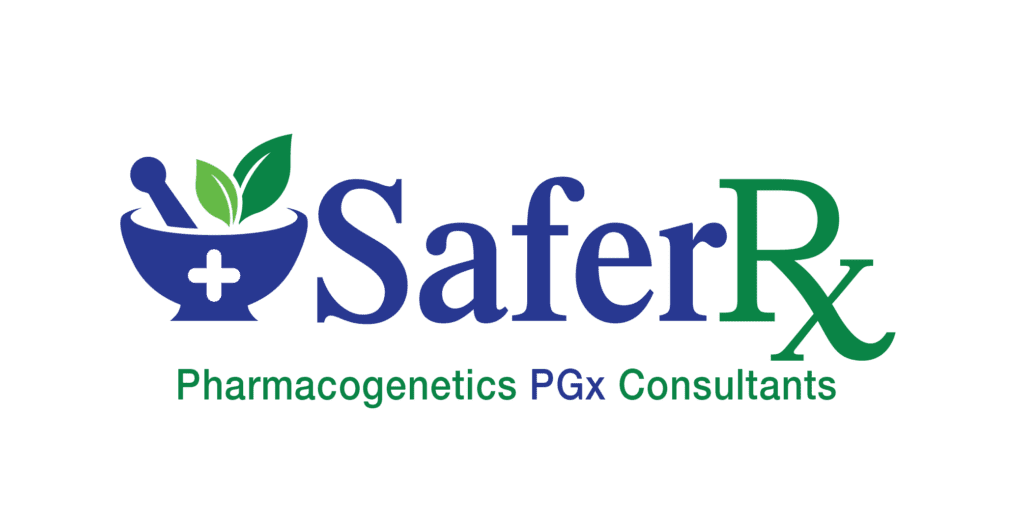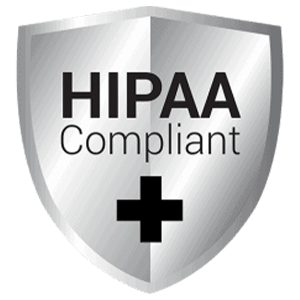
STOP Adverse Drug Reactions From
Taking Their Toll on Your Members
…and Your PROFITS!
The Right Drug
The Right Dose
Right From The Start

Covered by Medicare and Medicaid*
How Much Are ADRs Costing
Your Organization?
Due to our genetic differences, a drug that works ideally for one person can be harmful, ineffective, or even deadly for another.1
Without Pharmacogenetic (PGx) testing, physicians must put their patients through risky drug trials before finally finding a drug that works best.
This makes ADRs a huge and costly liability for Medicare Advantage Plan carriers – not to mention its toll on its member population.
Fast Facts
- 128,000 Americans die every year and 2 million more are hospitalized from taking their medication as prescribed and directed.2
- ADRs increase ER admissions by as much as 42% and 30-day hospital readmissions by up to a staggering 52%.3
- ADRs prolong hospital stays by 1.7 to 4 days.4
- ADRs result in 1.5 to 2.7 million hospitalizations each year.2
- One in 10 hospital admissions in older patients are caused by ADRs.5
- ADRs account for more than 3.5 million physician office visits and an estimated one million ER visits annually.4
- ADRs cost $130 billion annually.6
- Given the astronomical number of deaths, ER visits, hospitalizations and suffering attributed to preventable ADRs,
it’s astonishing most doctors continue to practice the “one-size-fits-all” approach to prescribing drugs.
1Mayo Clinic. 2U.S. News and World Report – Sept 27th, 2016. 3John Nelson, MD., former president of AMA. 4 ODPHP – Office of Disease Prevention and Health Promotion.
5NIH- National Institutes of Health & AMA. 6AMFS-American Medical Forensic Specialist.
The Safer, Humane, More Profitable Solution
By utilizing Pharmacogenetic (PGx) testing, understanding the intricate connections between DNA and medication treatment options has never been easier.
With a simple cheek swab, physicians can now determine if a medication is more likely to help or harm a patient before prescribing the drug.
This not only saves insurance carriers millions of dollars it also reduces the undue pain and suffering for their members caused by preventable Adverse Drug Reactions (ADRs).
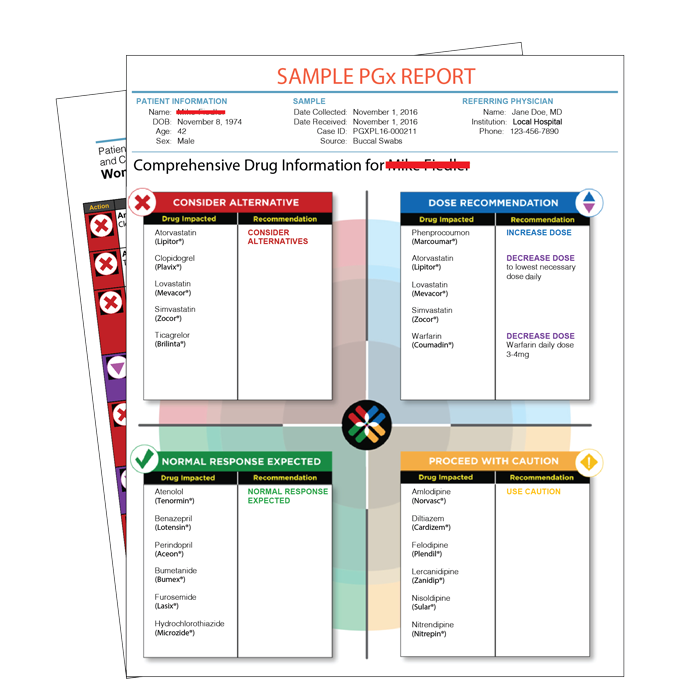
Not All Pharmacogenetic (PGx) Test Are Created Equal
It is essential to mention that most labs focus on only a limited number of drugs, genes, and variants, so many physicians have never been exposed to
an efficacious test. This has led to some hesitation among doctors in implementing PGx tests.
An efficacious PGx tests utilizes Next Generation Sequencing (NGS) assay to provide clinically actionable information for medications across a broad
range of medical fields, including anesthesiology, cardiology, endocrinology, gastroenterology, gynecology, immunology, infectious diseases,
neurology, oncology, pain management, psychiatry, respiratory, rheumatology, toxicology, urology, and more.
The test also yields results for drug-drug, drug-food, drug-alcohol, and drug-lab interactions.
*Typically, test results take about ten days, so preemptive testing is highly recommended so the results
are readily available in a medical emergency or before trying a new drug.

Benefits of PGx and Personalized Medicine
More Informed Prescribing Decisions
Saves Time
Saves Money
Reduces ER Visits
Reduces Hospital Readmissions
Reduces Mortality Rates
Reduces Pain & Suffering
Enhances Safety Measures
Achieve Therapeutic Benefits Sooner
Lifetime Utility
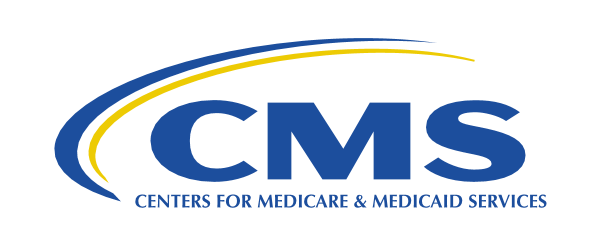
Covered by Medicare and Medicaid*
*Medicaid in approved States
Financial Cost and Consequences of
“Trial and Error” Prescribing
Real People- Real Cases - Real Proof - Real Cost

Marion W.
Marion was PGx tested in April 2019. Based on the results, her doctor advised her to stop taking the Metoprolol, which she had been taking for years, and decreased the dosage of her HBP medications. Two years later, her pain management doctor ignored her PGx report and prescribed 300 mg of Tramadol, which caused a life-threatening ADR, and she was hospitalized for three days. If her doctor had adhered to the PGx report guidelines, all the expense and suffering could have been avoided.

Mike F.
Mike was having difficulty sleeping, so his doctor prescribed Escitalopram. After five weeks of undesirable side effects and no relief, he had a PGx test and learned he was a rapid metabolizer of Escitalopram. If he had been preemptively PGx tested, it would have saved him and his insurance company money and Mike time by avoiding a useless trip to the pharmacy to purchase an ineffective drug. More importantly, he would have received relief weeks sooner.

Dorothy J.
Dorothy was experiencing a piercing headache, so she went to the ER. They gave her Reglan 5mg, IV push once, and Toradol 15 mg. A few days later, she had stroke-like symptoms, so her doctor ordered an MRI. Several months later, she had a PGx test and discovered that she was a slow metabolizer of Toradol. If she had a preemptive PGx test, it could have saved her insurance carrier thousands of dollars and spared her the distress and anguish caused by a preventable ADR.
